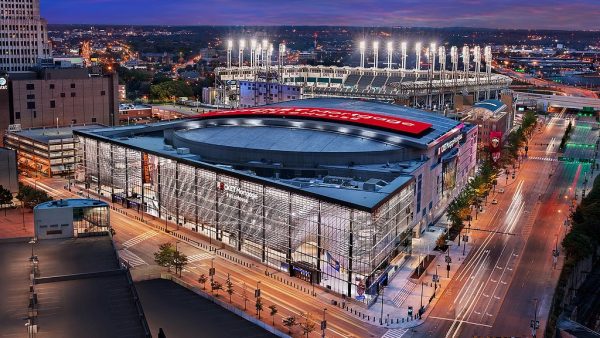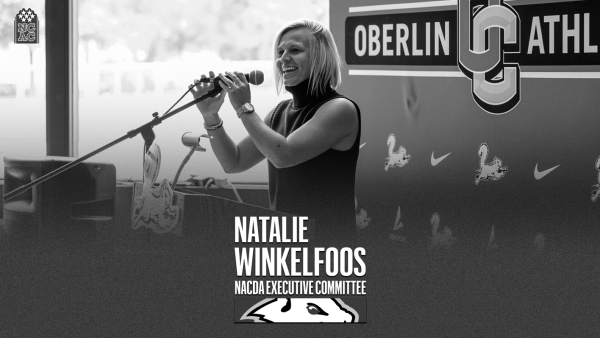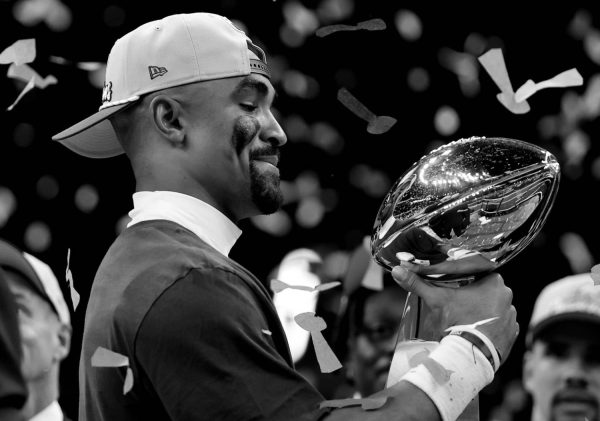MLB Should Expand Influence in Latin America
One month into the 2018 Major League Baseball season, fans have had plenty to marvel at. Last week, they saw Oakland Athletics left-hander Sean Manaea no-hit the Boston Red Sox, the team that currently boasts the best record in the league at 19–5. They watched Los Angeles Angels superstar Mike Trout lift his 10th home run of the season over the fence Tuesday, making him the first player this season to enter double digits in the category. However, nothing made fans cheer louder than when Cleveland’s shortstop, Francisco Lindor, hit a two-run bomb in an exhibition game against the Minnesota Twins in Puerto Rico last week.
Lindor, who was born in Caguas, Puerto Rico, is considered a hero there. As he walked past his old elementary school during a recent visit, students held signs, hung over the balcony of the building, and called Lindor’s name.
When Lindor sent a pitch over the right center fence to give his team a 2–0 lead in the first game of the series, Hiram Bithorn Stadium erupted. Fans chanted “Paquito” — Lindor’s nickname — as they gave him a standing ovation.
After seeing how much it meant to Puerto Ricans to be able to attend an MLB game and cheer for their hometown hero, I can’t help but wonder how much the MLB would benefit if it expanded its Latin American presence by putting a franchise there.
In the past couple of years, MLB Commissioner Rob Manfred has said that he is considering adding two franchises to the league, bringing the total to 32 teams. The National Football League has 32 franchises, and the National Hockey League has committed to having 32 franchises as well. One of the prospective locations Manfred has hinted at is Mexico City. Although there are some potential drawbacks to putting a franchise in Mexico City, its potential benefits outweigh the risks.
“The reason I have been interested in talking about Mexico is that maybe, of all the possible expansion sites, it has the greatest opportunities for synergies in the rest of our business,” Manfred said. “I think making a full-time commitment in Mexico would be very important. It would help us improve our relationship professionally. That would in turn help us improve the flow of Mexican players into Major League Baseball. The combination of those two factors — that is the media in Mexico and the flow of players — I believe would help us in the Hispanic market in the United States.”
Although Mexico is known for its love of soccer, the baseball fan base would also be huge. In 2017, six games of the World Baseball Classic took place in Zapopan, Mexico. Estadio Charros de Jalisco, the stadium that hosted the games, has a capacity of 13,000, yet this limit was broken three times. In two of these instances, the home team was playing. On March 9, in the Mexico and Italy matchup, 14,296 fans showed up. Two days later, when Mexico played Puerto Rico, 15,647 fans came to the stadium to watch their team live. It is clear that when Latin Americans have their own team to root for, they show up.
A Mexican team’s fan base would be huge, and its influence on the rest of Latin America might be even bigger. In 2016, MLB announced that MLB Mexico would be headquartered in Mexico City as the sixth MLB office outside of the United States. The league has also made an effort to set up more exhibition games in Latin American countries. In 2016, the San Diego Padres and Houston Astros played two games in Mexico City. This spring, the Cleveland baseball team and the Twins faced off in Puerto Rico twice.
Travel shouldn’t be much of a concern, either. The MLB already has one international team — the Toronto Blue Jays in Canada. In addition, there is an independent league in Mexico called the Mexican Pacific League that plays during the wintertime. The league was founded in 1970 and features eight teams made up of several major league and minor league players looking to stay sharp during the offseason. Playing in Mexico isn’t new to many players, and playing back home in front of family and friends would motivate more players from Latin America. Likewise, it would give Latin American players already in the big leagues greater pride. In 2017, Latinos made up nearly 32 percent of the league’s players.
Having a hometown MLB team to cheer for in person, rather than just watching on television, will give Latin Americans all the more reason to dream of making it to the major leagues, attracting more fans and bringing in more revenue. It’s time to expand MLB’s horizons.







